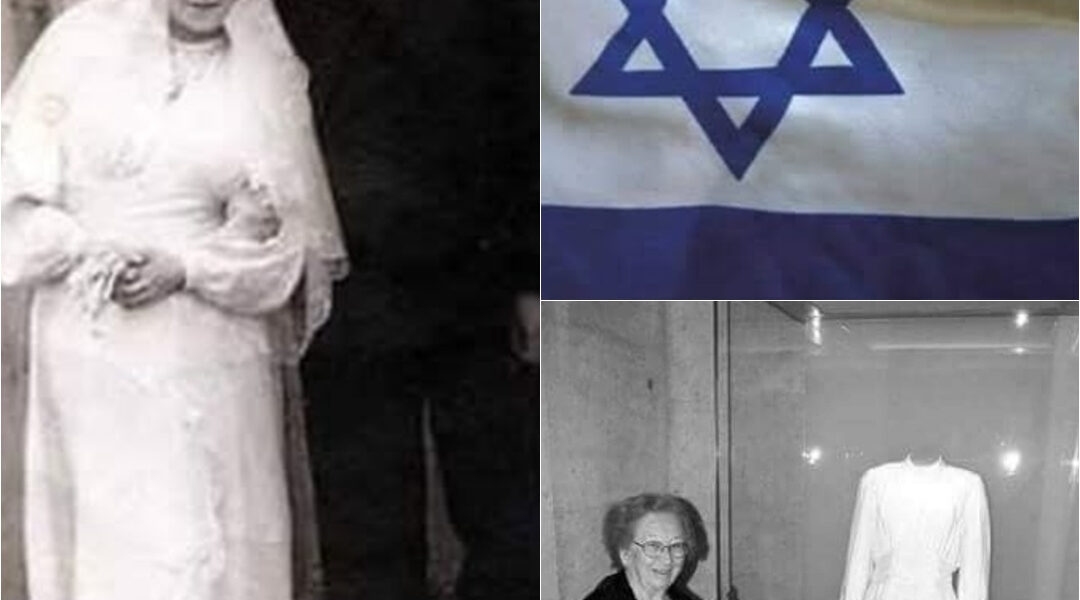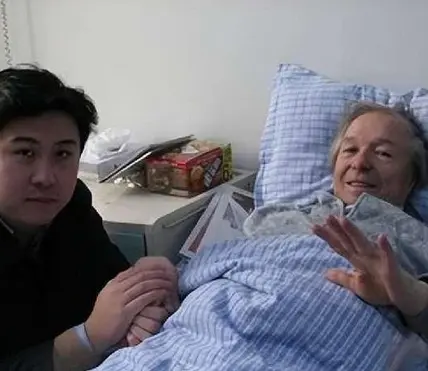
For Lilly Friedman, dreams were fragile things. At just 21 years old, she had already survived what most could not — the hunger, disease, and brutality of the Holocaust. By 1946, she and her fiancé, Ludwig, were living in the Bergen-Belsen Displaced Persons camp in Germany. Life there was hard, but it was also a beginning. Survivors clung to scraps of hope, weaving futures out of the ashes of the past.
Lilly had one such hope: she wanted to be married in a white dress.
It seemed like an impossible request. White dresses were symbols of innocence and joy, but here in the DP camp, people were simply grateful for shoes on their feet and food in their stomachs. Ludwig, tall and thin, still haunted by what he had endured, listened carefully when Lilly shared her dream. And in that moment, he decided he would find a way.
A Trade for a Dream

Fate arrived in an unexpected form: a former German pilot walked into the food distribution center where Ludwig worked. The man carried something he no longer had use for — a parachute.
To Ludwig, that parachute wasn’t just fabric. It was possibility. He struck a deal: two pounds of coffee beans and a few packs of cigarettes in exchange for the chute. What had once been meant for war would now be transformed into a symbol of love and survival.
Lilly brought the parachute to Miriam, a seamstress living in the camp. For two weeks, Miriam worked patiently under the watchful eyes of other displaced persons, who marveled at the sight of silk being cut and stitched for a wedding. She shaped the six parachute panels into something beautiful: a long-sleeved gown with a rolled collar, a fitted waist, and a bow tied neatly at the back. Out of the leftover fabric, she even fashioned a matching shirt for Ludwig.
In a place marked by loss and despair, the gown was more than just clothing. It was a declaration. A white dress in Bergen-Belsen meant that life — ordinary, joyous life — was possible again.
A Symbol That Endured

When Lilly walked down the aisle in her parachute gown, she wasn’t just a bride. She was living proof of resilience. Survivors danced and celebrated that day, finding in her wedding the courage to imagine their own tomorrows.
Decades passed. Lilly and Ludwig built a life together, raised a family, and became grandparents many times over. But the parachute dress was never forgotten. It remained a symbol of the choice to dream, even in the bleakest places.
In 2007, when the Bergen-Belsen Museum opened its doors, the German government invited Lilly and her sisters to attend the dedication. At first, they hesitated. Returning to the place that had held so much pain felt unbearable. But the following year, they traveled with their children and grandchildren to Hanover.
There, in the museum, an exhibit had been created around Lilly’s wedding gown — the parachute turned into silk and stitches of hope.
More Than Fabric
Today, Lilly Friedman’s dress is more than an artifact. It is a story in itself: of a young woman who dared to dream of normalcy, of a groom who traded rations to make that dream come true, of a seamstress who gave her skill to craft beauty from remnants of war.
What once fell from the sky as a tool of destruction became, in loving hands, a symbol of new beginnings.
And more than 60 years later, it continues to tell the world that even in the darkest of times, love will always find a way.




